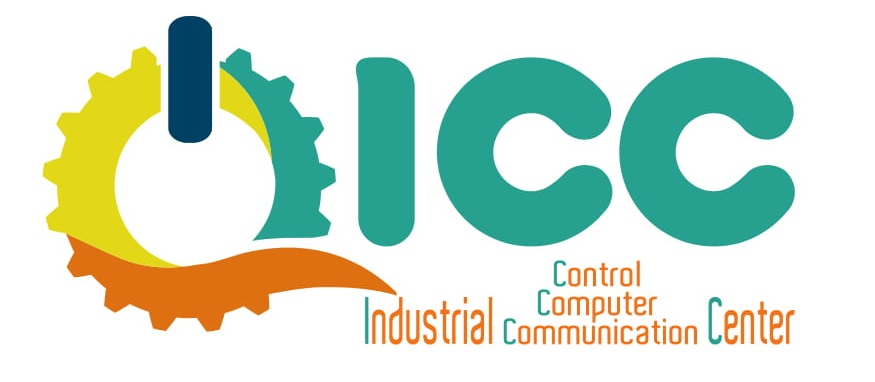![Differences Between PCAP [Capacitive] and Resistive Touch Screens](https://icc.com.tr/Blog-Resim/Antet-Altı.JPG.png)
![Differences Between PCAP [Capacitive] and Resistive Touch Screens](https://icc.com.tr/Blog-Resim/BlogAnaResim_EN_ID_0_233334155.jpg)
16.04.2023 20:33:34
Differences Between PCAP [Capacitive] and Resistive Touch Screens
Posted by: Tamer Yiğit
PCAP (Projective Capacitive) ve rezistif They form a basic interface for touch screens, modern mobile devices and other electronic devices. Both technologies allow users to perform actions by touching the screen of the device using their fingers or a stylus pen. However, the working principles, structure and advantages of resistive and capacitive touch screens are different.
PCAP Capacitive touch screens work by sensing electrical load. These displays have a structure that includes a glass panel covered with a thin transparent metal coating on the top and a transparent conductive coating on the bottom. When the user touches the screen of the device, the electric charge on the finger creates an electric field on the glass panel, and the change of this field enables the touch point to be detected. Capacitive touchscreens can be compatible with high-resolution displays and offer multi-touch support. However, the downside of capacitive touchscreens is that the touchscreen only works with a load-bearing object such as a finger or a special stylus pen. An important advantage of PCAP displays is that they allow zoom-in and zoom-out. (*) PCAP capacitive screens, whose only disadvantage is that they do not allow working with very thick fabric gloves, work without problems with polyurethane (pu), nitrile, vinyl and latex gloves.
Resistive touch screens consist of two thin layers: a transparent metal sheet on the top and a transparent conductive layer on the bottom. A gap is placed between the two layers. When the user touches the screen of the device, the upper metal plate exerts pressure on the lower conductive layer and detects the touch point. Resistive touch screens are still used in some older devices due to their simple construction, low cost and versatility. However, resistive touch screens also have disadvantages. These displays may not be compatible with high resolution displays and do not support multi-touch.
|
Touch Technology Comparison |
||
|
Resistive |
Capacitive PCAP |
|
|
Openness |
Good |
Very good |
|
Working with any object |
The best any object |
Good Finger, capacitive pen, gloves (*) |
|
Sensitivity |
Good |
Very good |
|
Precision |
Very good |
The best |
|
Scratch resistant |
Weak |
The best |
|
moisture sensitivity |
The best |
The best |
|
Sensitivity to cleanliness |
Very good |
The best |
|
Sensitivity to contaminants |
The best |
Very good |
|
susceptibility to EMI |
The best |
Average |
|
sensitivity to vibration |
The best |
Very good |
Our IPC4 branded industrial computers offer both resistive touchscreen and pcap capacitive touchscreen options. These options provide our customers with different touch input solutions for various applications. For example, in industrial applications such as production lines, resistive touch screens may be more suitable, while pcap capacitive touch screens may be more preferable in applications such as retail or automation.
ICC DIGITAL INDUSTRIAL TECHNOLOGIES Bv.
Wittestraat 103/Bus 2, 2020 Antwerpen Belgium
Phone: +32 486 52 34 00
E-Mail: info@iccdigital.eu
Web: https://www.iccdigital.eu
VAT / BTW: Be 0793.849.582
![Differences Between PCAP [Capacitive] and Resistive Touch Screens](https://icc.com.tr/Blog-Resim/Antet-Altı.JPG.png)
